1. Landmark Legislation
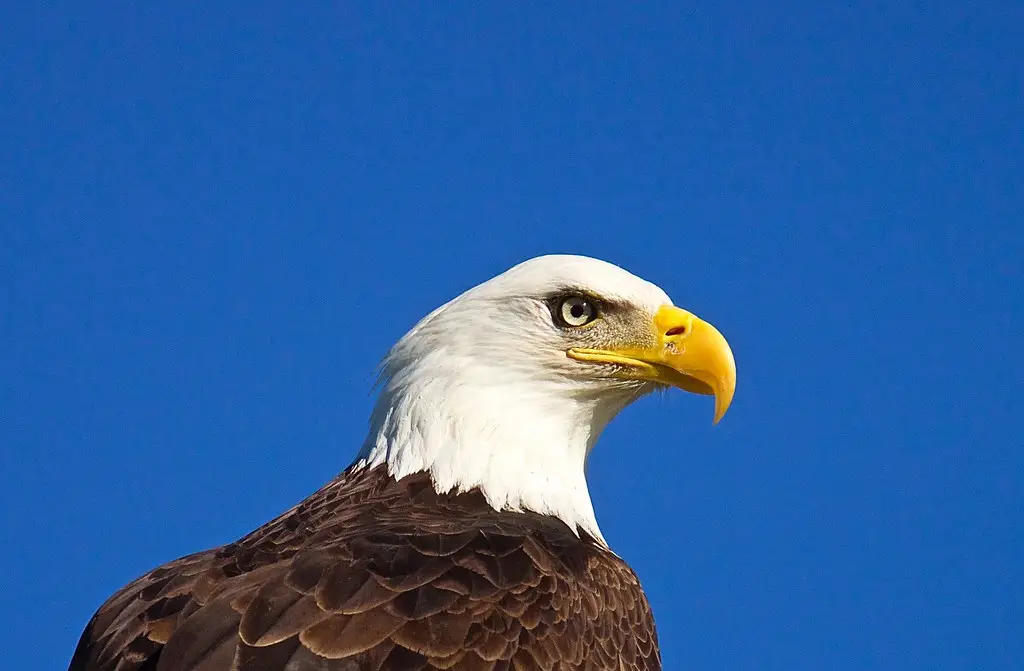
The passage of critical environmental protection laws, such as the Endangered Species Act (ESA), played a pivotal role in the bald eagle’s recovery. According to the U.S. Fish and Wildlife Service, this legislation established protections for endangered and threatened species, preventing harmful activities that could further endanger bald eagles. It also provided funding and support for conservation projects aimed at habitat restoration and species monitoring. By enforcing strict penalties for violations, the ESA deterred poaching and other harmful practices.
Additionally, this landmark law paved the way for collaborative efforts between federal agencies, state governments, and conservation organizations. Over time, the ESA became a model for other nations working to protect their own wildlife. Without this legislation, the bald eagle’s recovery might have been impossible. The act’s impact underscores the importance of strong legal frameworks in addressing environmental crises. In 2025, the fruits of these efforts are evident in thriving eagle populations nationwide.
2. DDT Ban
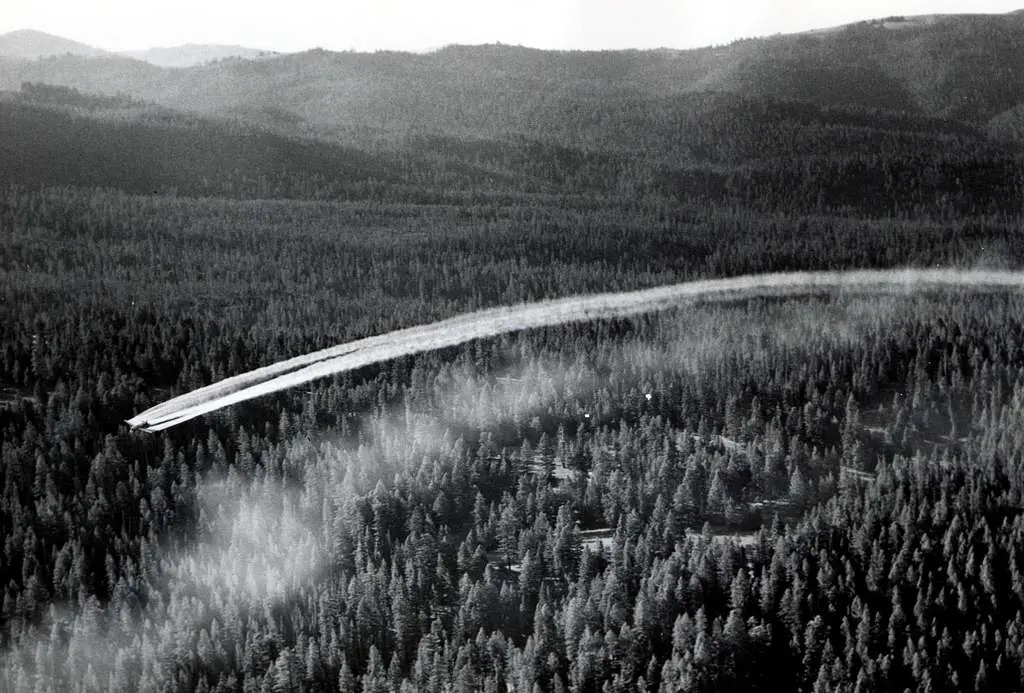
The 1972 ban on DDT, a pesticide that thinned eggshells and drastically reduced bald eagle reproduction rates, was a game-changer. According to the U.S. Environmental Protection Agency, DDT contamination in the food chain caused widespread reproductive failures among bald eagles. Their eggshells became so fragile that they often broke during incubation, leading to plummeting population numbers. Scientists and environmentalists raised the alarm, linking DDT to this crisis through rigorous research and advocacy. The ban not only marked a turning point for bald eagles but also highlighted the interconnectedness of ecosystems and human actions.
Over the decades, DDT levels in the environment decreased, allowing eagle populations to recover gradually. This victory also demonstrated the power of science-driven policy in addressing environmental threats. Today, bald eagle nests are thriving, with healthy chicks hatching across the nation. The DDT ban remains a cornerstone example of how targeted interventions can reverse ecological damage.
3. Habitat Restoration Programs
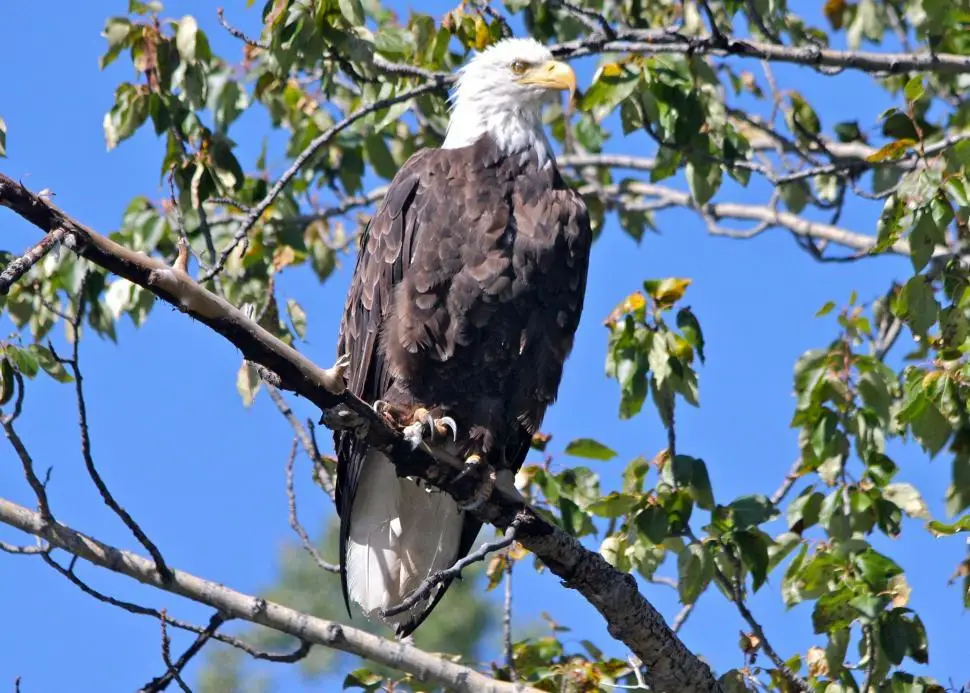
Countless wetlands, forests, and river habitats—prime territories for bald eagles—have been restored or preserved through conservation initiatives. Habitat loss was once a major threat to bald eagles, as urban development and deforestation encroached on their nesting and hunting grounds. To combat this, according to the Audubon Center for Birds of Prey, projects have begun to help protect eagles, and rehab degraded ecosystems. These efforts included reforestation, wetland restoration, and the creation of wildlife corridors. Local communities also played a vital role, participating in clean-up drives and advocating for sustainable land-use practices.
By restoring these habitats, conservationists not only supported bald eagles but also improved biodiversity and ecosystem health. Today, restored habitats provide ample food, shelter, and nesting opportunities for bald eagles. This multi-faceted approach highlights the importance of addressing root causes of habitat loss to ensure long-term success. The resurgence of these habitats has allowed bald eagles to flourish like never before.
4. Public Awareness Campaigns
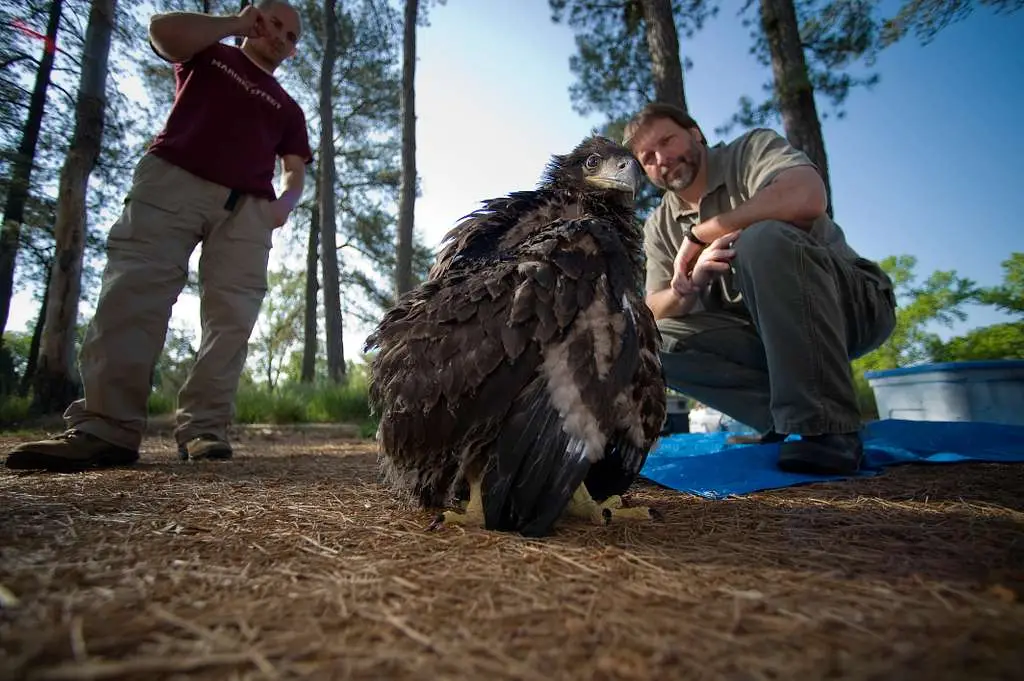
Educational initiatives have raised awareness about the importance of preserving wildlife. These campaigns, such as those held by the American Eagle Foundation, used various platforms, from traditional media to social media, to reach diverse audiences. Schools incorporated lessons on conservation into their curriculums, inspiring a new generation to care about wildlife protection. Non-profits and government agencies worked together to produce documentaries, public service announcements, and online resources. Citizen science programs also encouraged individuals to participate in bald eagle monitoring and reporting. By making conservation accessible and engaging, these campaigns fostered a sense of collective responsibility.
Public awareness efforts emphasized the cultural and ecological significance of bald eagles, galvanizing support for conservation actions. Over time, this widespread awareness translated into tangible outcomes, such as increased funding and stronger local conservation efforts. The success of these campaigns demonstrates the power of education in driving social change. As more people understand the value of protecting bald eagles, the species’ future looks brighter than ever.
5. Advances in Conservation Science
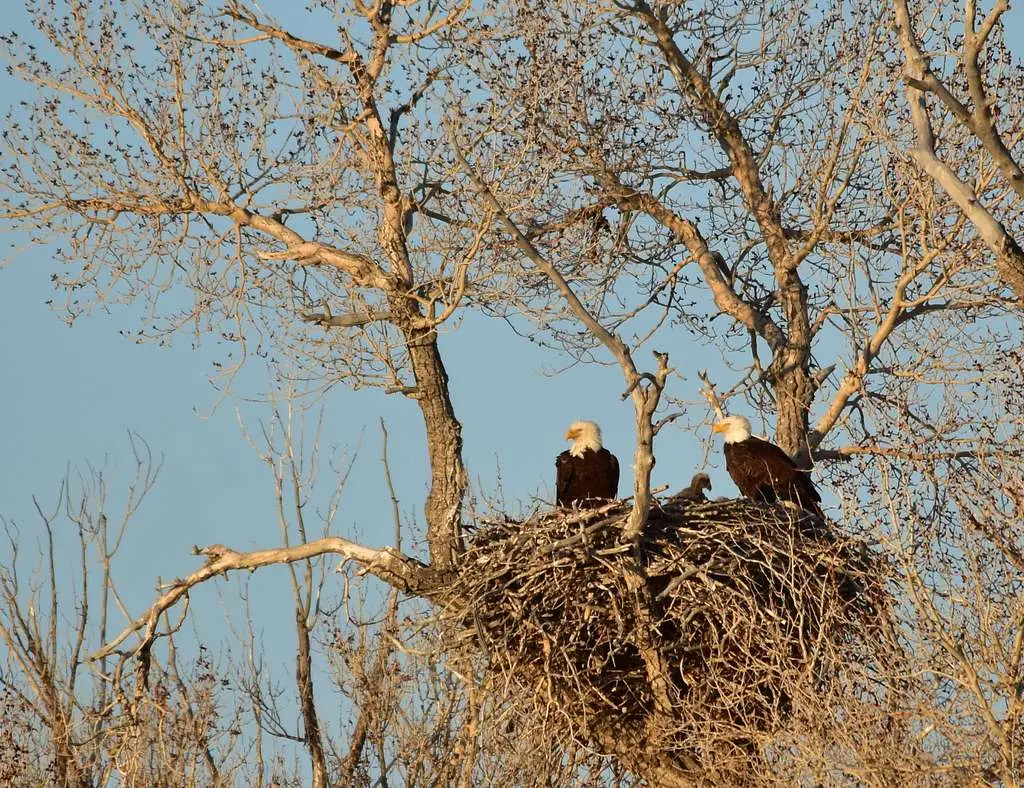
Modern technology has allowed conservationists to track and monitor bald eagle populations more effectively. Satellite tagging enables researchers to follow individual eagles, gaining insights into their migration patterns and behavior. While prohibited by citizens, according to the U.S. Fish and Wildlife Service, drones provide aerial views of nests, helping monitor breeding success without disturbing the birds. Genetic analysis offers data on population diversity and health, guiding breeding programs to maintain genetic robustness. Remote cameras placed near nests capture valuable footage, offering real-time observations of eagle activities.
These technologies also allow researchers to identify and address threats more quickly, such as detecting pollutants or tracking poaching incidents. Data-sharing platforms facilitate collaboration between scientists and conservation organizations across regions. These advances have revolutionized conservation efforts, making them more precise and impactful. In 2025, conservationists credit these tools with playing a vital role in the bald eagle’s recovery. The integration of cutting-edge science ensures that future efforts remain effective and adaptive.
6. Stronger Legal Protections
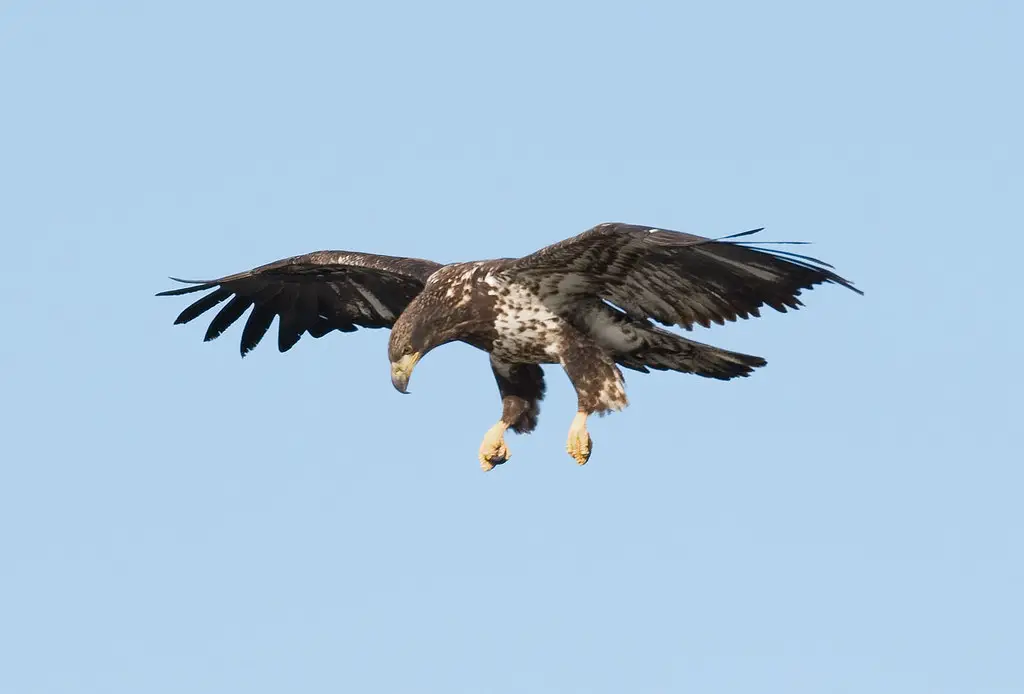
Bald eagles remain protected under federal laws like the Bald and Golden Eagle Protection Act. Enacted in 1940, this law prohibits the harming, harassing, or killing of bald eagles and their nests. Over the years, amendments and updates have strengthened its provisions, ensuring comprehensive protection. Law enforcement agencies work tirelessly to investigate and prosecute violations, deterring would-be offenders. Public reporting mechanisms also empower citizens to aid in enforcement efforts. These protections extend to critical habitats, preventing disruptive activities near nesting sites.
The law’s success underscores the importance of maintaining robust legal frameworks to safeguard vulnerable species. In 2025, the act continues to serve as a cornerstone of bald eagle conservation. Its enforcement has ensured that bald eagle populations remain stable and secure. The continued commitment to legal protections is essential for preserving this iconic species for future generations.
7. Collaborative Efforts
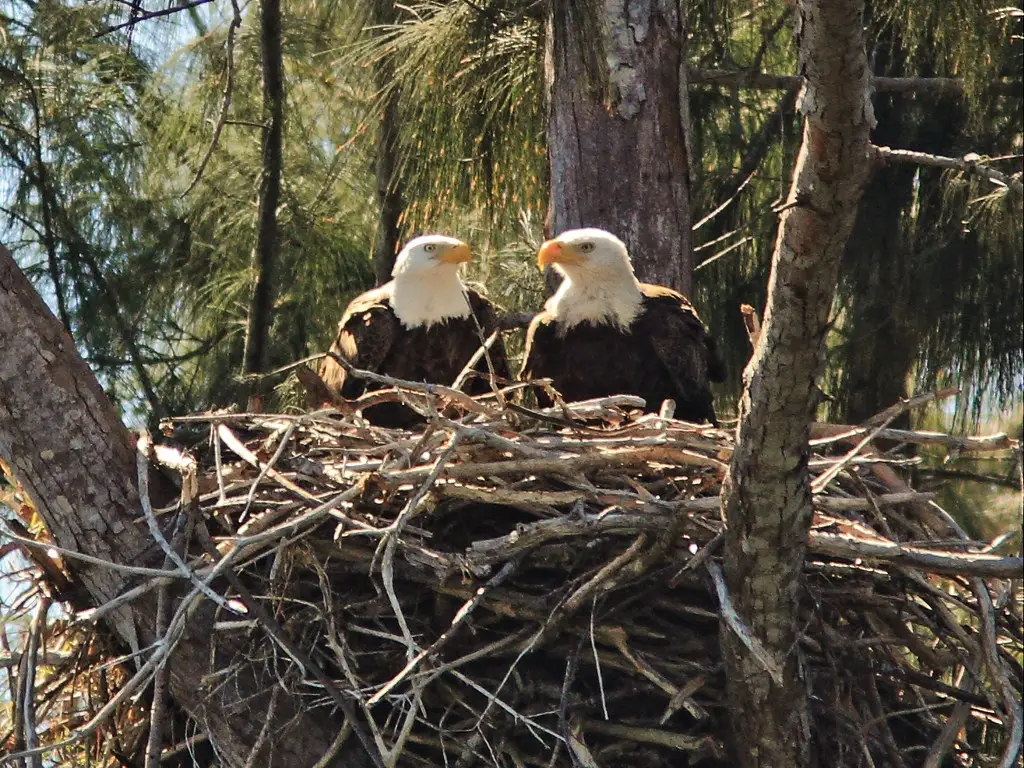
Government agencies, non-profits, and local communities have worked together to create an ecosystem of support for bald eagles. These partnerships bring together diverse expertise and resources, amplifying the impact of conservation initiatives. Local communities often serve as the first line of defense, reporting sightings or disturbances. Non-profits provide funding and logistical support for large-scale projects, such as habitat restoration or public awareness campaigns. Federal and state agencies oversee policy enforcement and long-term planning. Collaboration also extends to international efforts, as bald eagles’ migration patterns cross borders.
By fostering these partnerships, conservationists have built a robust network that addresses challenges holistically. Volunteer-driven programs, such as nest monitoring and rescue efforts, have directly contributed to reducing eagle mortality rates. This spirit of teamwork exemplifies how collective action can overcome seemingly insurmountable challenges. In 2025, these collaborative efforts continue to drive the bald eagle’s remarkable recovery.
8. Increasing Public Sightings
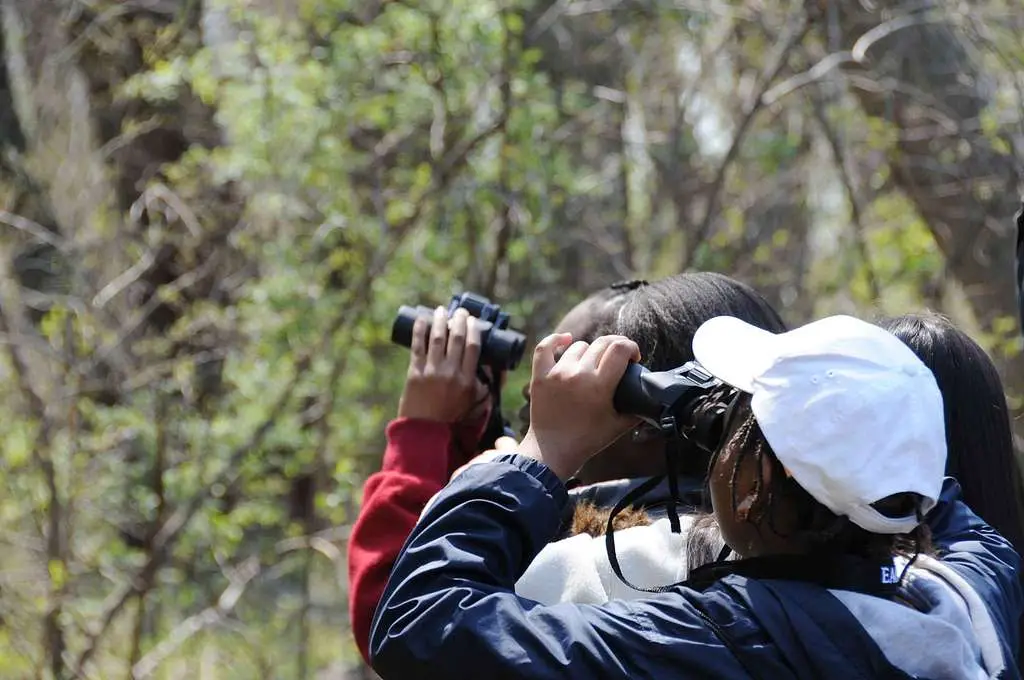
2025 has seen record numbers of bald eagle sightings across the country, thanks to growing populations and successful reintroduction programs. Bald eagles have become a common sight near rivers, lakes, and forests, delighting birdwatchers and casual observers alike. Citizen science platforms like eBird have enabled the public to log sightings, contributing valuable data to conservation efforts. These sightings also foster a deeper connection between people and nature, inspiring more support for wildlife protection. Public enthusiasm has spilled over into eco-tourism, with birdwatching tours and eagle-focused events gaining popularity.
State and national parks report increased visitation as people flock to see these magnificent birds in their natural habitats. This surge in sightings is a testament to the success of conservation measures, as healthy eagle populations expand into new territories. The joy of witnessing bald eagles in the wild underscores the importance of continued stewardship. Their presence serves as a powerful reminder of what collective action can achieve.
9. Resilient Ecosystems

Efforts to improve water quality in rivers and lakes have boosted fish populations, a primary food source for bald eagles. Pollution control measures, such as reducing agricultural runoff and industrial waste, have revitalized aquatic ecosystems. Clean waterways not only support eagles but also benefit countless other species, creating a ripple effect of ecological improvements. The restoration of forests and wetlands further enhances these ecosystems, providing essential resources for bald eagles.
Conservationists have also focused on controlling invasive species that threaten native fish populations. These integrated efforts ensure that ecosystems remain balanced and resilient. As a result, bald eagles now thrive in areas where they had been absent for decades. This interconnected approach highlights the importance of ecosystem health in species recovery. In 2025, resilient ecosystems continue to support bald eagles and demonstrate the value of holistic conservation strategies.
10. The Power of Hope and Action
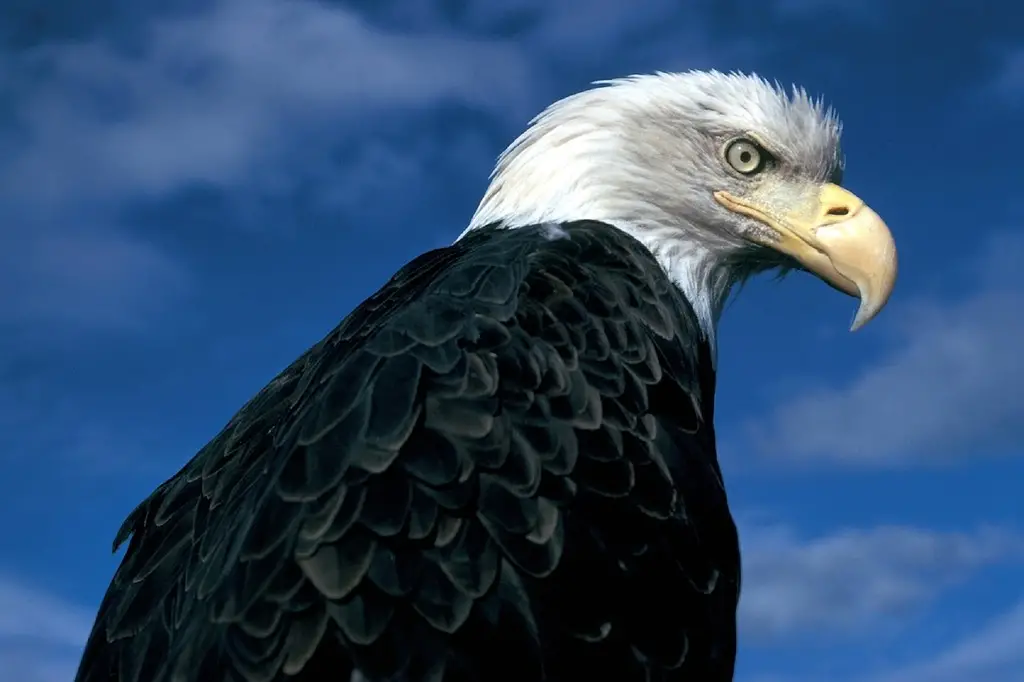
The bald eagle’s story is a testament to the power of hope and collective action. Decades of dedicated work by scientists, policymakers, and citizens have turned a dire conservation crisis into an inspiring success story. The bald eagle’s recovery shows that even the most challenging environmental problems can be overcome with persistence and collaboration. This journey also serves as a powerful example of humanity’s ability to coexist with nature. By prioritizing long-term thinking and sustainable practices, we can protect other species facing similar threats.
The sight of bald eagles soaring high and free is a symbol of what can be achieved when we unite for a common cause. Their resurgence is not just a victory for conservationists but for everyone who cherishes the natural world. As we celebrate record numbers in 2025, the bald eagle reminds us of the resilience of nature and the enduring impact of human stewardship.


